
Skin exfoliation is an excellent way of rejuvenating the skin. No matter what your skin type is, you can opt to exfoliate regularly, but you need to know the process that suits your skin the most. Read on to know more.
Skin Exfoliation – An Introduction
Skin is the strong, protective outer covering of our body. It has 3 different layers – the topmost layer is the epidermis; the middle layer is the dermis and the bottom layer is the subcutaneous or hypodermis. This epidermis layer at the top is constantly protecting our body from the harmful effects of dirt, grime, smoke, harmful chemicals, and several pathogens. Exposure to these pollutants and ultraviolet radiation of sunlight badly damages the skin surface which results in the accumulation of dead skin cells. As a result, the skin appears rough, dull, and dry.
Our body has a natural skin cell renewal mechanism where it sheds off dead skin cells and replaces them with newly produced skin cells. However, not all the dead skin cells fall off naturally. Some of them cling to the skin surface and the new, healthy skin cells remain hidden under the dead skin cells. Exfoliation is the process of breaking apart the bond between unwanted dead skin cells and the skin’s surface.
Exfoliation - Skin Benefits
People of all age groups, both men and women, should exfoliate their skin at regular intervals. Exfoliation not just improves the look and feel of the skin but keeps the skin healthy and balanced as it improves blood circulation in the skin. It also prevents several types of skin problems.
Those with oily skin are bothered by frequent outbreaks of acne and blackheads, often tender to touch. Dirt and grime get absorbed on oily skin and clog the skin pores. Bacteria grow inside these blocked pores and lead to acne-like infections. Skin exfoliation opens up clogged pores, and thus acne problems can be controlled.
Dry skin tends to look dull, lifeless, patchy/flaky, and sometimes, it gets itchy. Regular exfoliation sloughs off the dry layer of dead skin cells and reveals underlying new skin, which is soft, bright, and smooth in texture. Exfoliation is excellent for mature skin, too, as it delays signs of aging. Fine lines and wrinkles can be reduced with the use of suitable skin exfoliation.
Skincare products like moisturizer cream can show the best results when applied to exfoliated skin. The ingredients of those products can penetrate deep within when the dead skin cells are removed.
Skin Exfoliation Methods
Exfoliation can be done in two ways – either by using physical or chemical methods.
There are several skin exfoliations tools available on the market which can mechanically remove dead skin cells. In chemical exfoliation, skin-friendly, naturally occurring chemicals, and enzymes are being used to dissolve dead skin cells.
Both the techniques are equally helpful to get glowing skin. The physical method of exfoliation will instantly produce brilliant results, but the chemical exfoliants take more time before you can see the results. Some people prefer the chemical method of exfoliation over the physical form because physical skin exfoliation cannot cleanse dead skin cells buried deep within the pores.
Physical exfoliation is best suited for oily skin as too much oil builds up on the skin surface, which can be discarded using a mechanical exfoliating tool. However, it is not always good to exfoliate dry skin physically as it can damage flaky skin.
Skin Exfoliation Tools
The most popular tool in the physical exfoliation method is the skin exfoliation scrub. It contains fine granule particles, which, when rubbed on the skin, help to scrape off dead skin cells. This exfoliation skin product is available for each skin type.
Other commonly used mechanical skin exfoliation tools are Loofah, body brush, body sponge exfoliating mitt or gloves, and pumice stone:
- A loofah is made up of fibrous mesh, which can be of natural fiber or fine nylon fiber.
- Body brushes usually come with handles that make it easier to reach out and massage any body part. It is good for major problem areas like rough elbows and heels.
- The body sponge is less abrasive than a body brush. It is suitable for sensitive skin. It comes with different textures to suit the needs of different parts of the body.
- Exfoliating gloves or mitts made of natural fibers are convenient to use for exfoliating hands and legs. It is recommended for once-a-week use only. These gloves can be reused after cleaning.
- Pumice stone is well-known for exfoliating the feet. It works wonders in smoothening up cracked heels in the winter.
People looking for less abrasive skin exfoliation treatment opt for chemical-based skin exfoliants that come in the form of body wash, after shower gel, serum, etc. The chemicals used in these skin exfoliation products belong to 2 main categories - beta-hydroxy-acids (BHAs) and alpha-hydroxy-acids (AHAs).
Being an oil-soluble component, BHAs readily dissolve into the natural skin oils and penetrate deep into the skin pores and unclog them.Salicylic acid serum, which is among the BHAs, works great on acne-prone skin. Its anti-inflammatory properties flatten up the skin bumps of acne.
AHAs like glycolic acid, lactic acid, and mandelic acid is water-soluble components that act on the skin surface to make the top layer firm and even-toned. Thus, it gives a clear complexion, reduces fine lines and wrinkles, and eliminates patches of skin discoloration.
Exfoliation - Skin Care Routine at Home
Before applying skin exfoliation products, clean up your skin with mild cleansers. Then apply the skin exfoliator of your choice as per the instructions provided. Once you are done, wash off the skin with lukewarm water and not hot water. Never forget to apply a good quality skin moisturizer cream suitable for your skin type after exfoliation.
While using a mechanical skin exfoliator like a brush, or sponge. loofah or gloves, be gentle on your skin. Do not rub the skin surface for too long. Make small circular motions with a light hand for 20-30 seconds and not more than that. If there is any cut or injury on the skin surface, avoid applying these tools to that area. Wash off the exfoliated surface with lukewarm water.
For hands, legs & feet exfoliation, take a damp exfoliating glove and move it over these areas in small up and down and side to side motions and then wash off the area with lukewarm water.
If you are using a chemical exfoliator, you should carefully observe for any adverse reaction on your skin after the first application. Initially, apply once a week. Later on, when you are sure it suits your skin, apply 2-3 times a week.
Skin Exfoliation - What to Avoid
Exfoliation can cause skin damage. Be careful not to overdo exfoliation. Daily exfoliation is not advisable for any skin type. Dry skin can be exfoliated 2-3 times a week. Those with sensitive skin must exfoliate only once a week.
Do not rub a dry towel over your exfoliated skin as it can irritate the skin. Gently pat the towel all over the skin.
The chemical method of skin exfoliation can make the skin sensitive. Avoid going out in the sun soon after. If you have to, then dab some sunscreen generously all over the skin to avoid any irritation.
While exfoliating or soon after, if you notice any skin colour change or feel any sort of irritation, you should stop the process immediately. Those with susceptible skin must consult a dermatologist before using any exfoliation skin products.
Those with serious skin conditions must speak to their dermatologist before applying any exfoliation method on the skin.
Conclusion
Different skin type has their challenges. Therefore, different types of exfoliants are available in the market according to the needs of your skin. While picking up the exfoliation skin products, you must read the label carefully to know if it is formulated for your skin type.
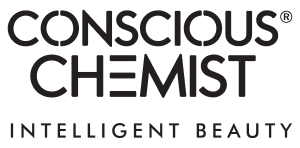
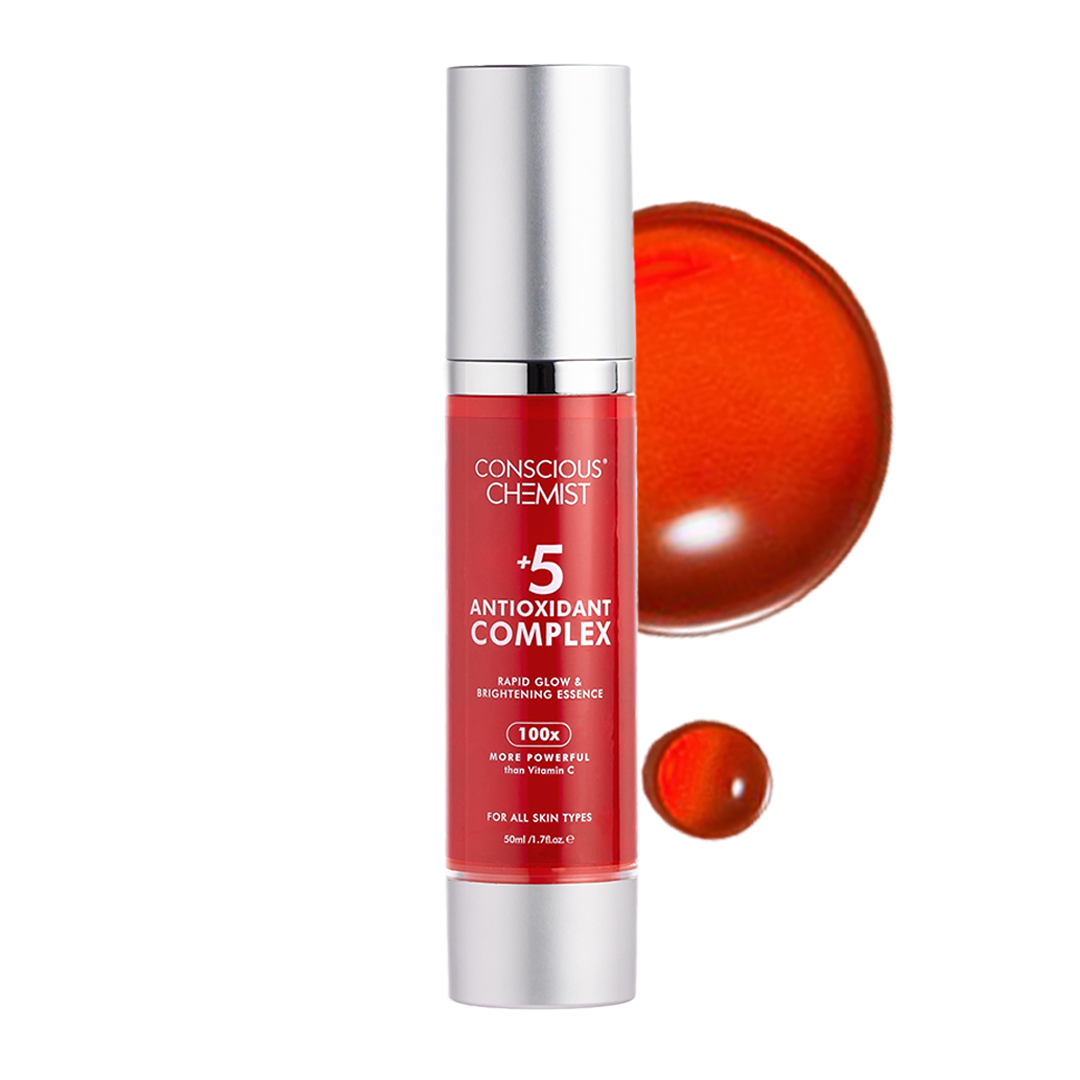
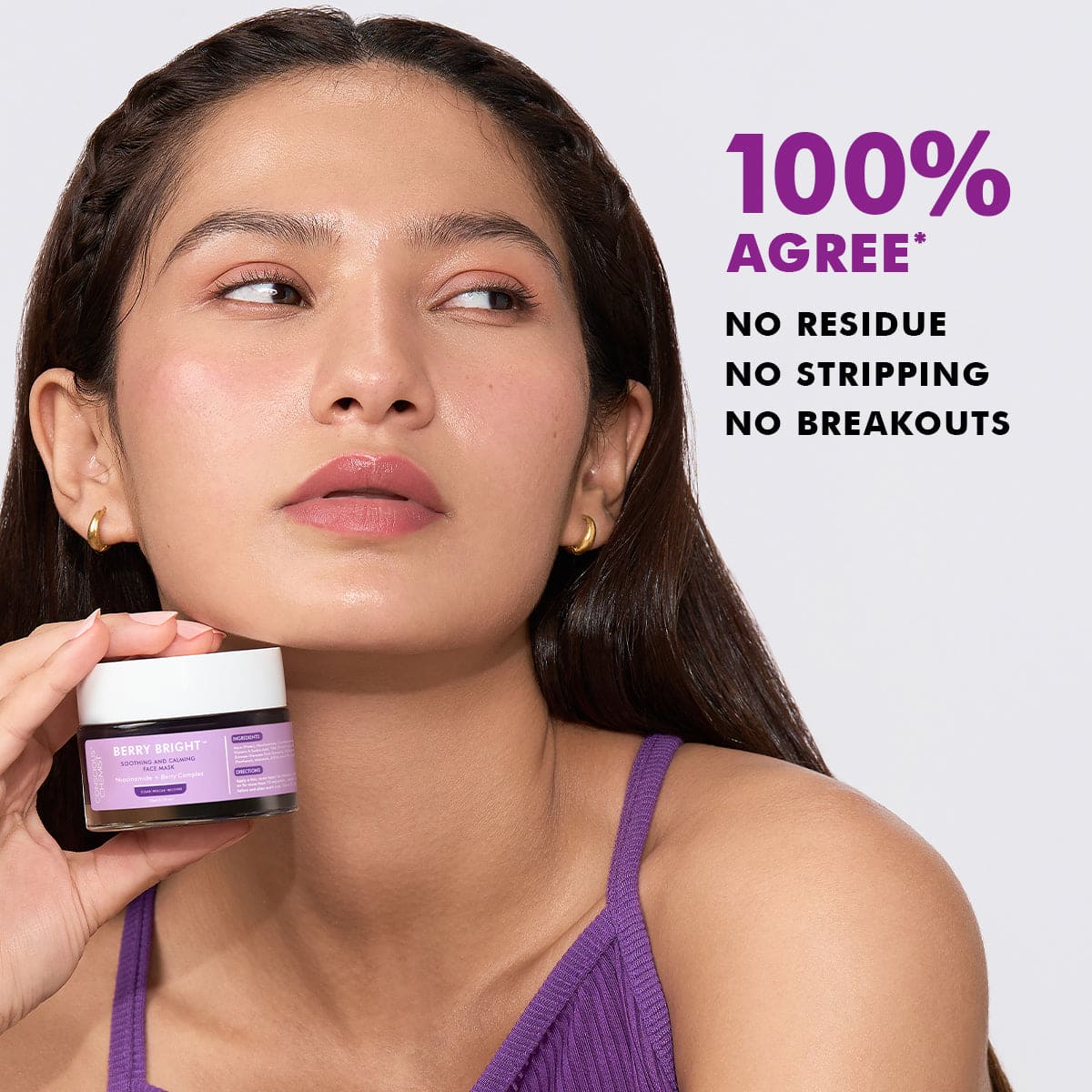
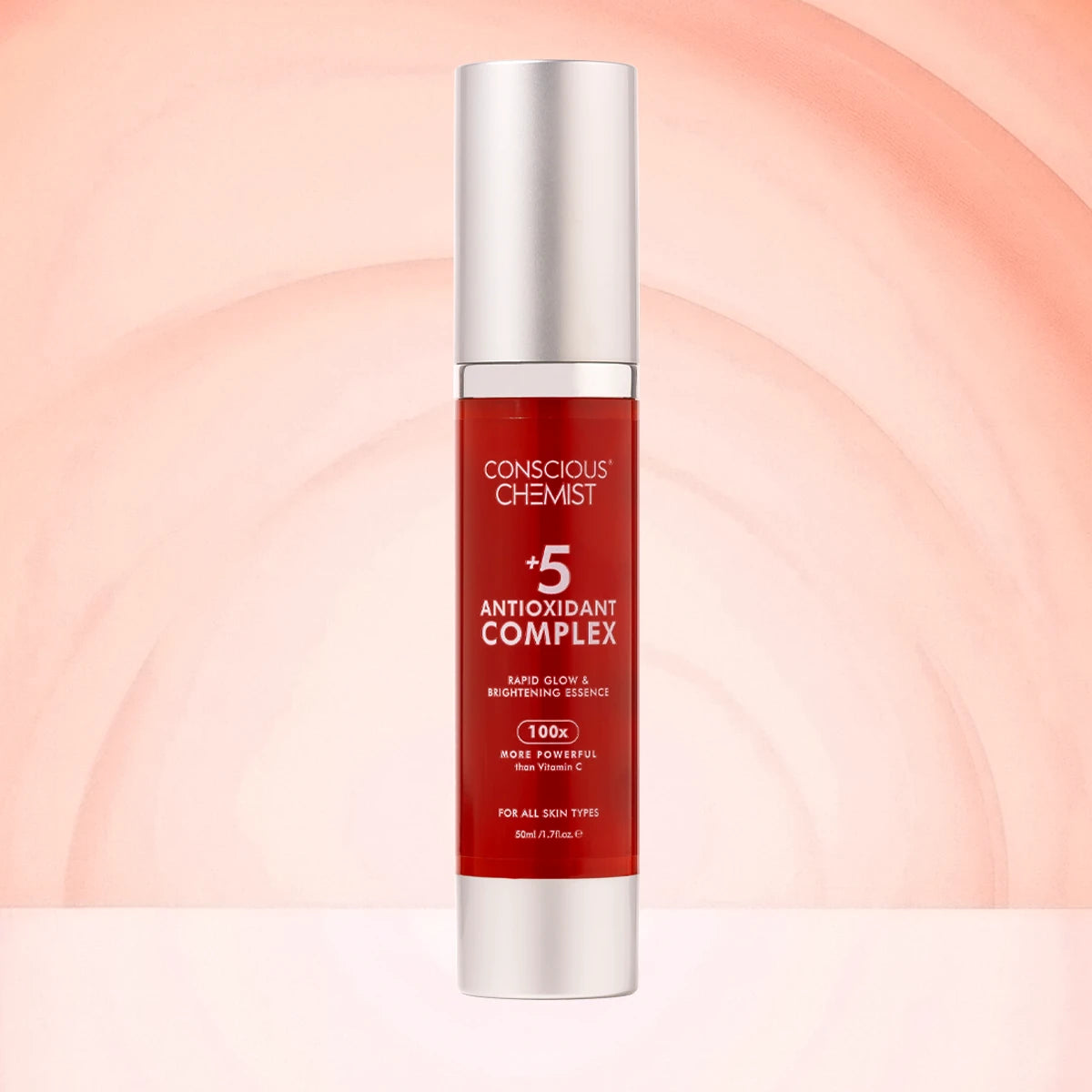
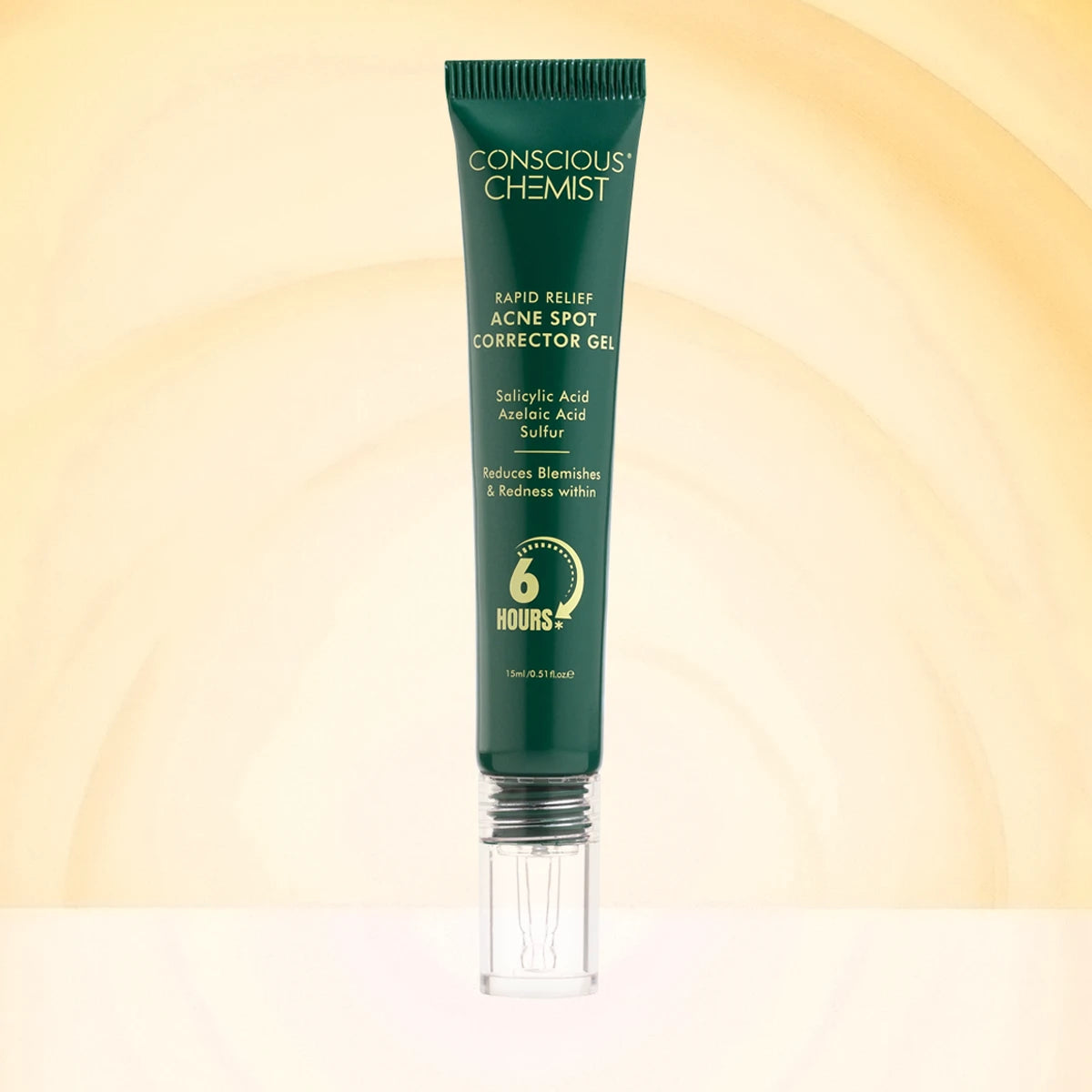
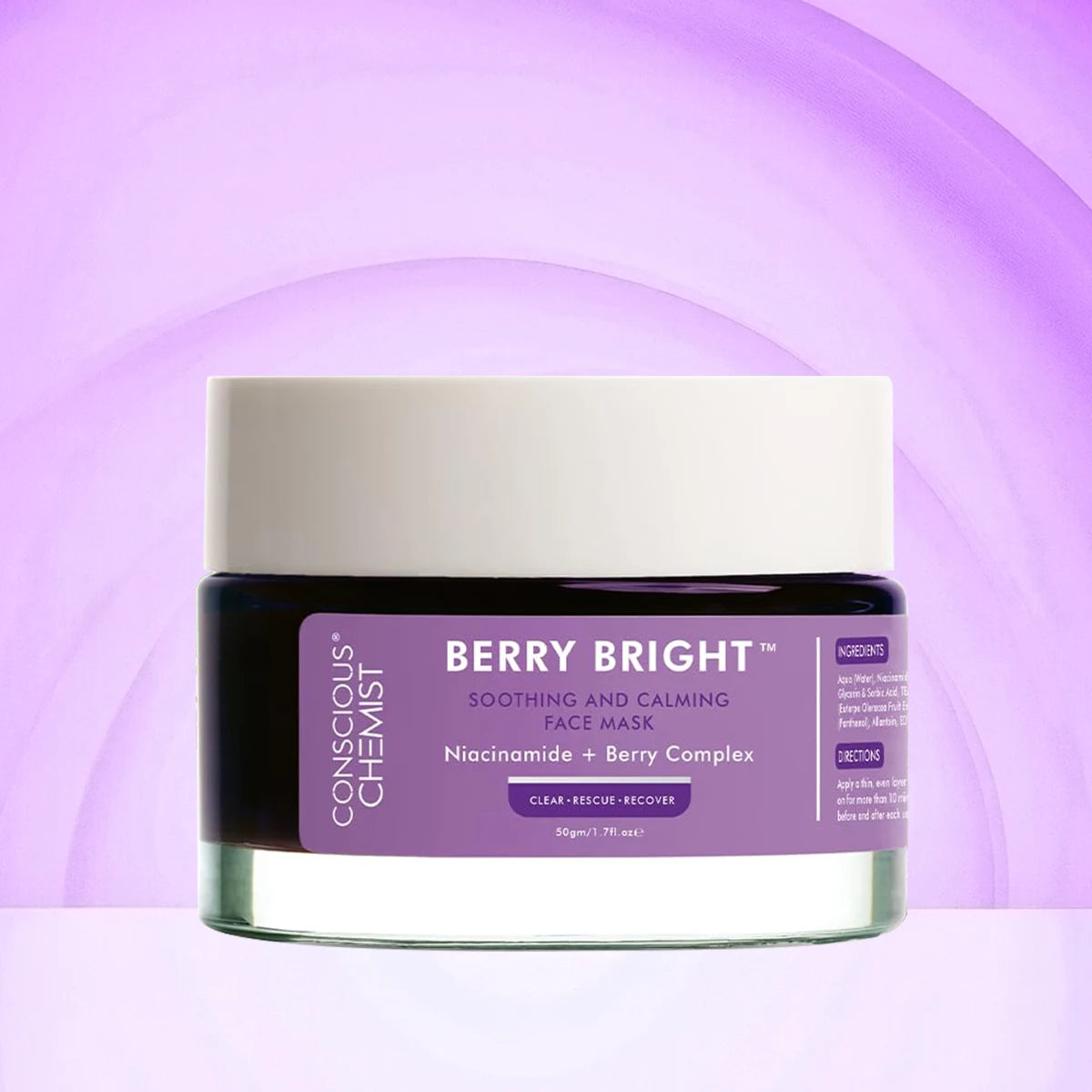
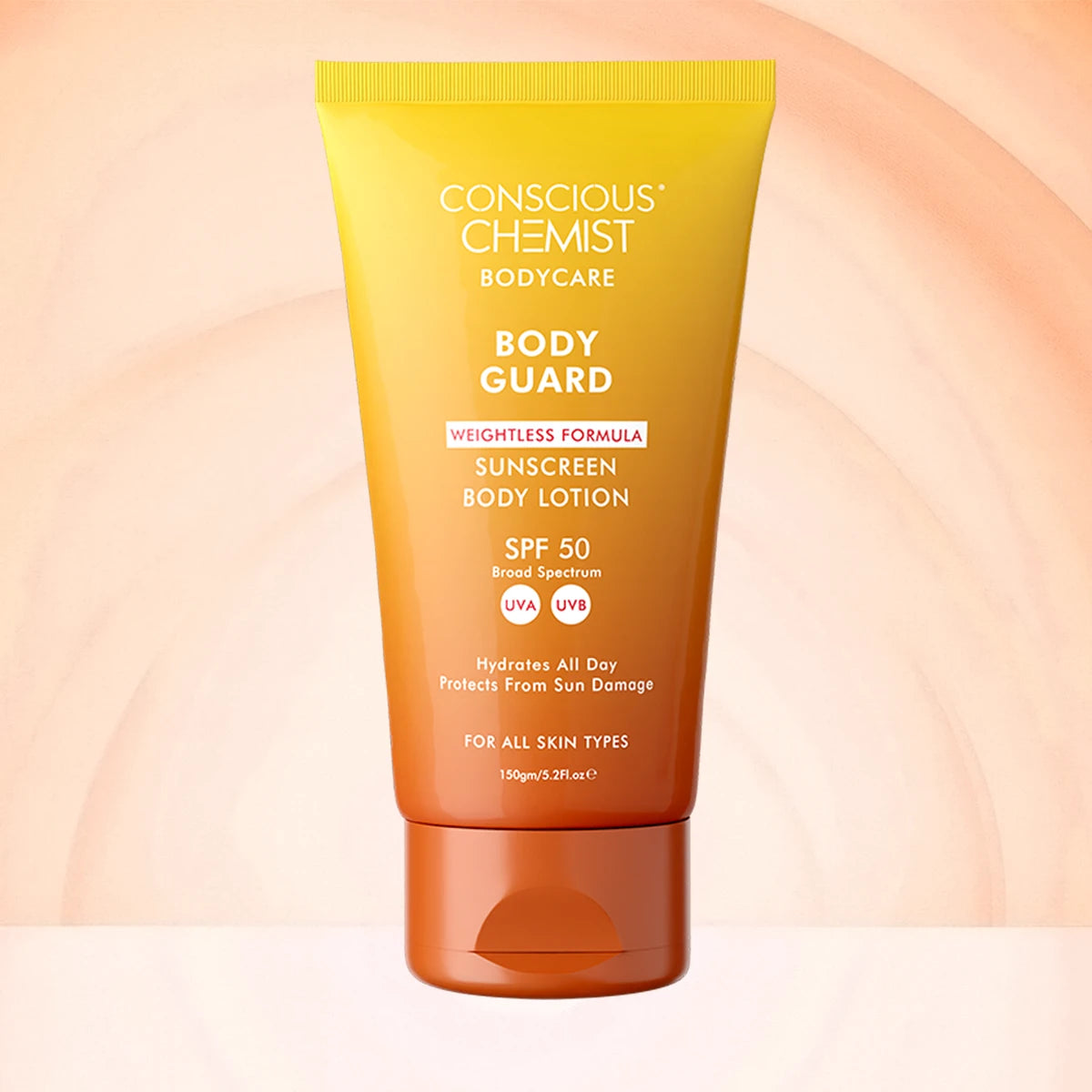

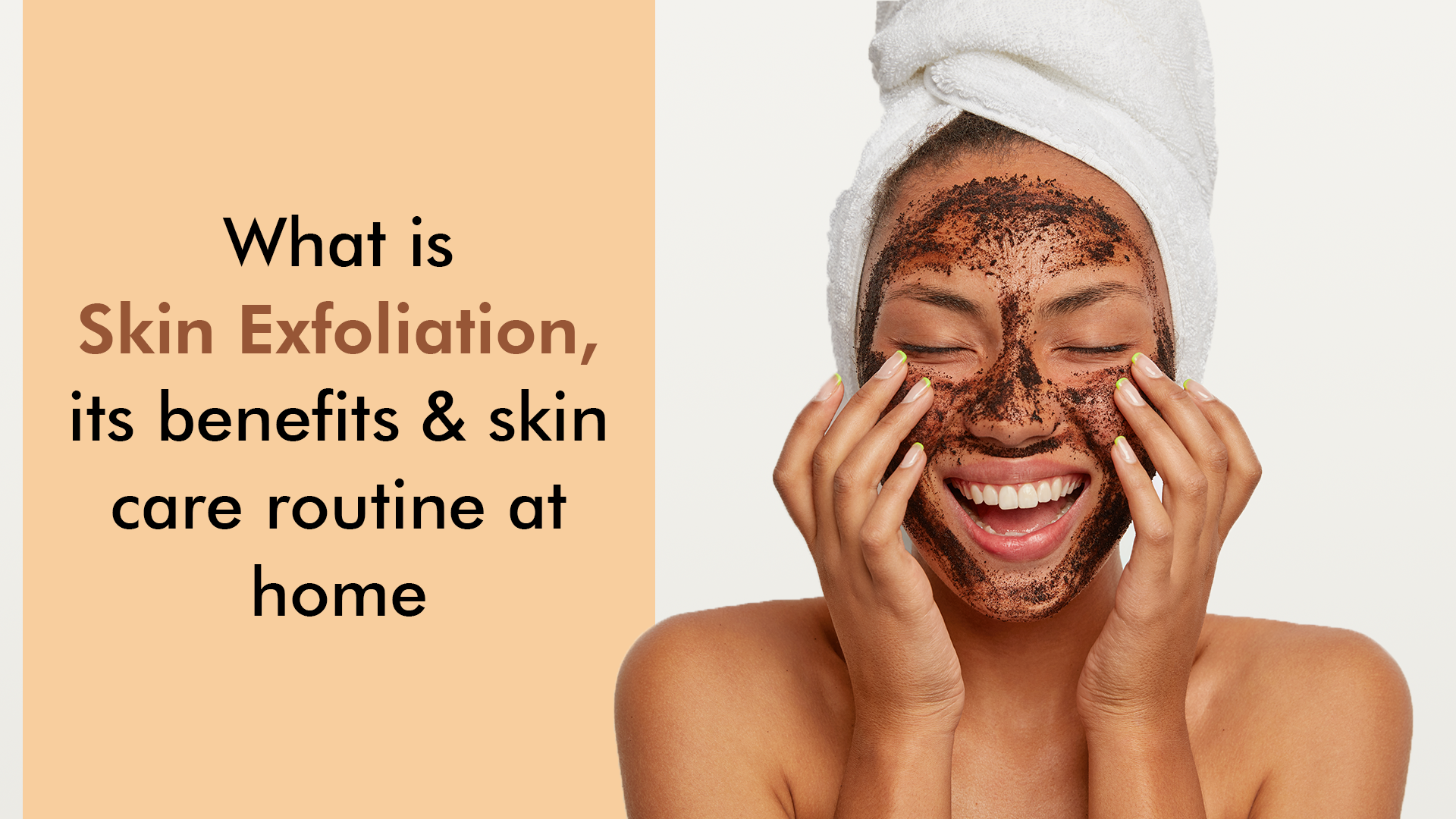
The Truth About DIY Skincare: 7 DIY tips to avoid
Preservatives: The good, the bad and the nasty